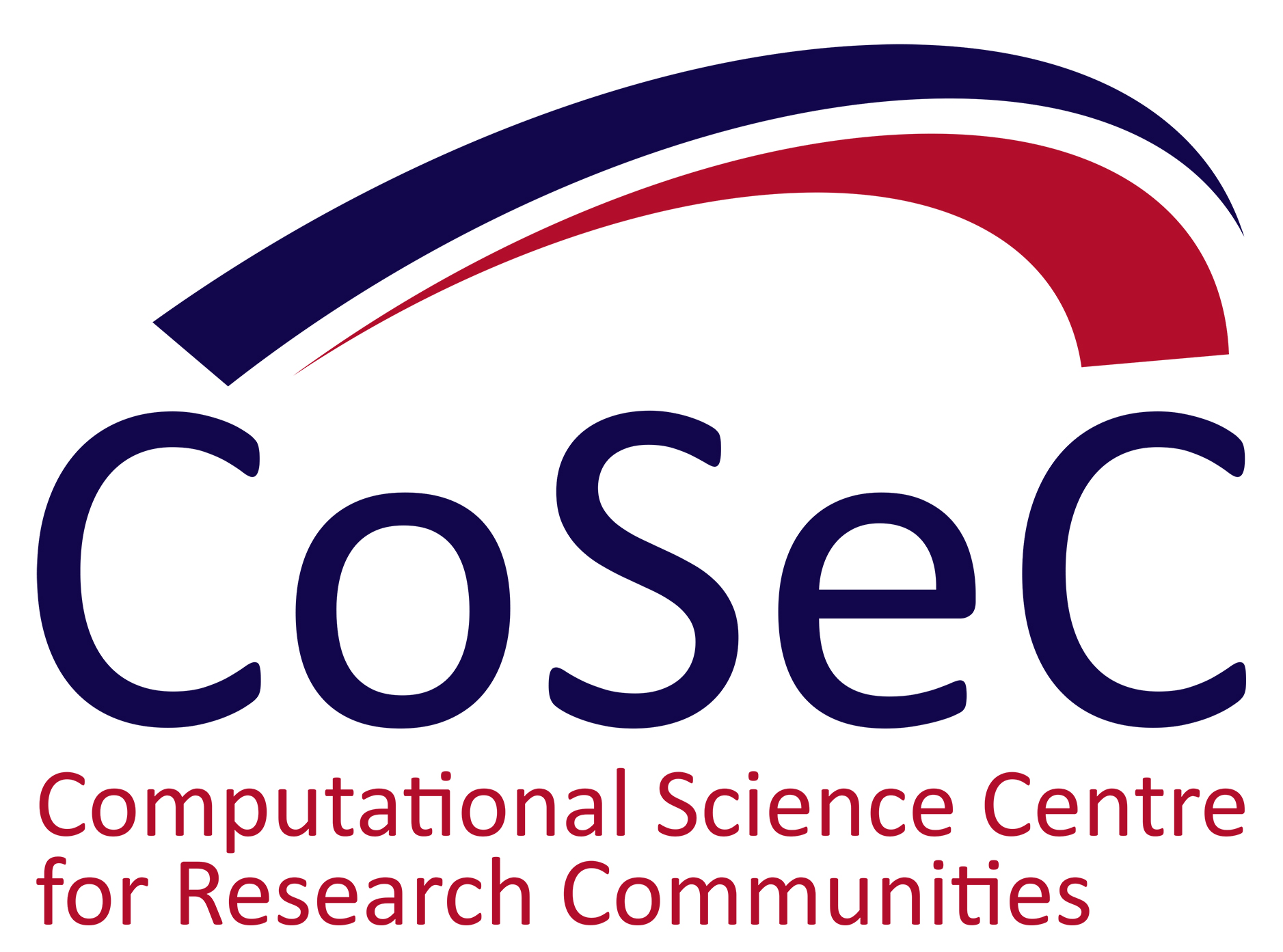 Science applications The Biomolecular Chemistry Communities at the life sciences interface bring together chemists, physicists and chemical engineers as well as researchers from all branches of "molecule-oriented" biochemistry and biology. Simulations help to analyse how enzymes catalyse biochemical reactions, and how proteins adopt their functional structures e.g. within cell membranes. They contribute to the design of drugs and catalysts, and in understanding the molecular basis of disease.
Science applications The Biomolecular Chemistry Communities at the life sciences interface bring together chemists, physicists and chemical engineers as well as researchers from all branches of "molecule-oriented" biochemistry and biology. Simulations help to analyse how enzymes catalyse biochemical reactions, and how proteins adopt their functional structures e.g. within cell membranes. They contribute to the design of drugs and catalysts, and in understanding the molecular basis of disease.
The Structural Biology Communities provide integrated suites of programs for the determination of macromolecular structures by X-ray crystallography and biological electron cryo-microscopy (EM) that are accessible through multi-platform graphical interfaces.
Recent efforts of all of the above communities have involved the coronavirus, SARS-CoV-2 responsible for the Covid-19 pandemic, where their work contributed to the acceleration of the research and development involved in combatting the disease.
Expertise Collaborative research is achieved via software and methodology development, training and outreach activities, dissemination, community building, networking and providing access to sustained networks of communities.
More specifically, core computational support includes: developing new advanced methods of biomolecular multiscale simulation techniques, and adding this functionality to existing simulation codes; building and maintaining databases of simulation trajectories; debugging and benchmarking on a range of High Performance Computing (HPC) systems; bespoke hardware assistance (e.g. providing example submit scripts and performance optimisation information) and specific advice for users' simulation systems; developing HPC-compatible security models; developing the blueprints to run extremely large online training sessions. Developing cutting-edge approaches to experimental determination and analysis of macromolecular structures; providing automated pipelines for common tasks, including the capture of metadata; supporting software developers including porting, testing, and distributing software; developing tools for validation of experimental data and constructed atomic models; working closely with the EBI on deposited structural data and models.
Software Knowledgeable and experienced CoSeC staff within these communities: support and develop multiscale functionality (molecular dynamics, coarse-graining, quantum mechanics/molecular mechanics and fluctuating element analysis) applicable to Code_Saturne, SlimMD and Longbow; provide benchmarked performance data for ARCHER, ARCHER2, Bede, JADE, JADE2, ISAMBARD, THOMAS and a number of DIRAC machines; provide the CCP4 suite of software for the determination of macromolecular crystal structures, and the CCP-EM software suite for the users and developers in biological cryoEM.
CCPs, HECs and Project Leads
